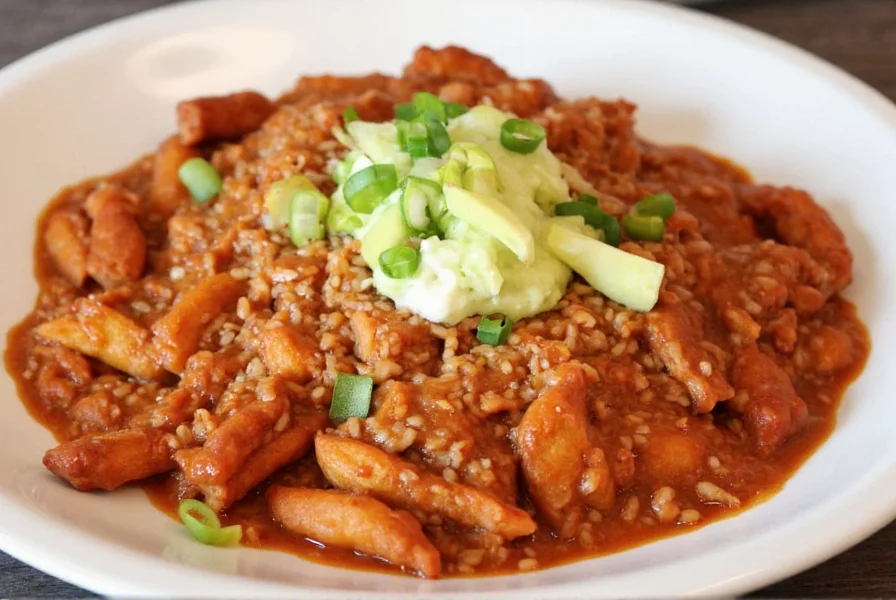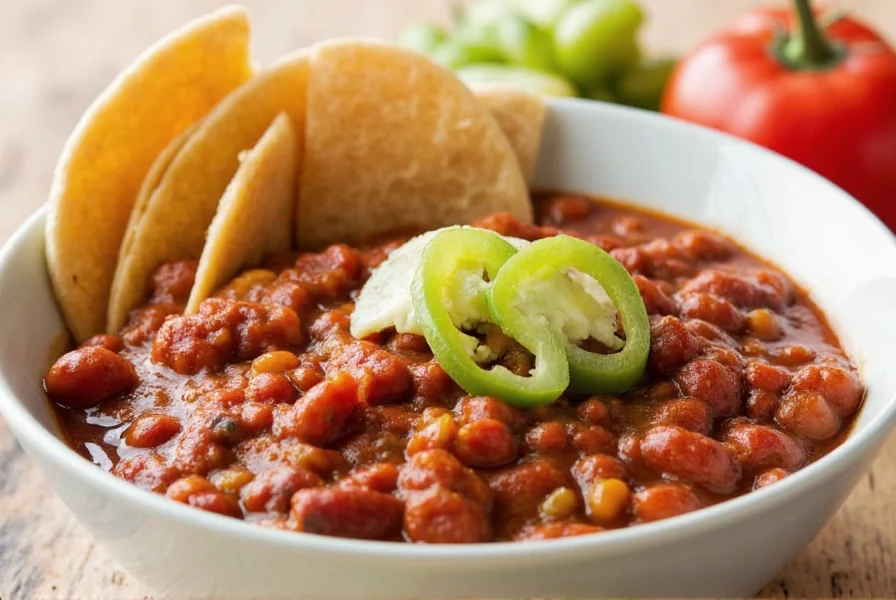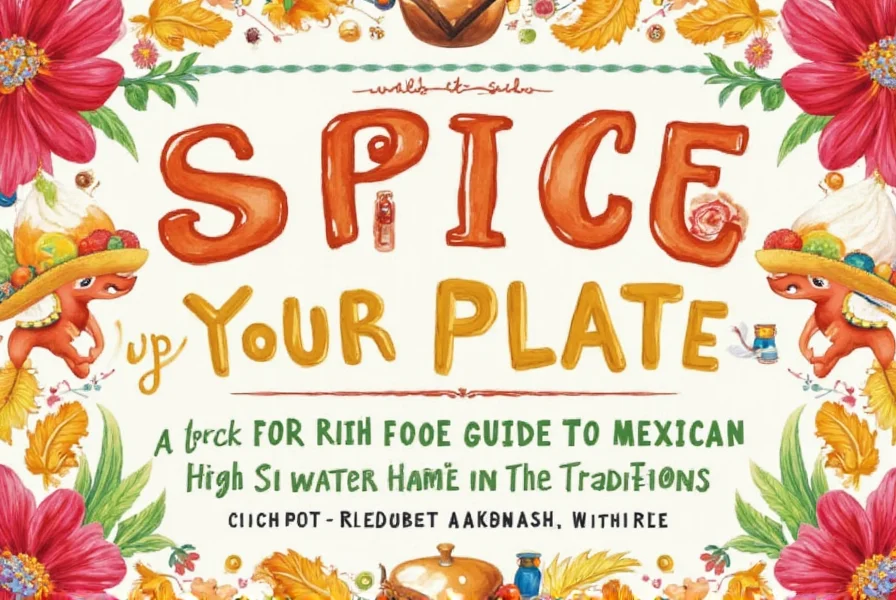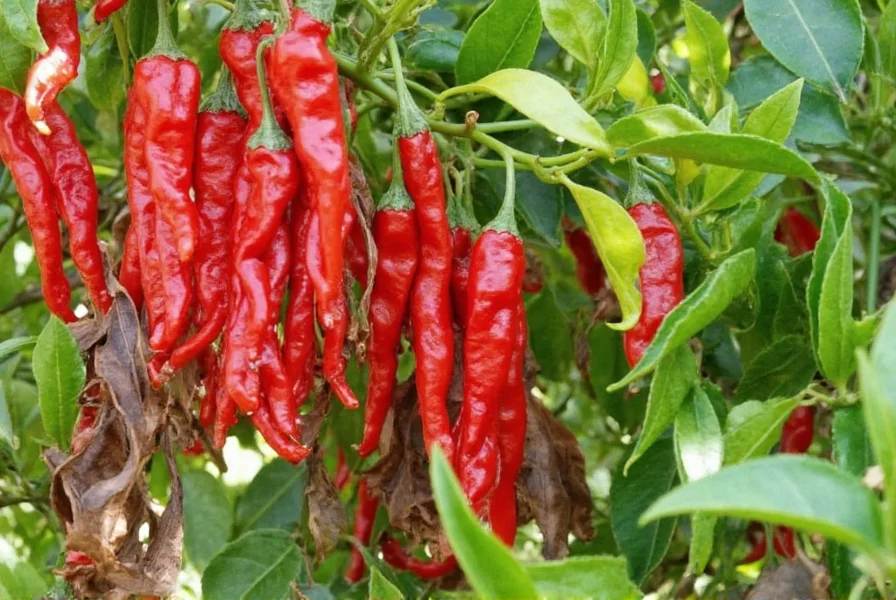Spice Up Your Plate: A Flavorful Guide to Mexican Food Names and Traditions
Table of Contents
Introduction
If you're someone who loves the bold, vibrant flavors of Mexican cuisine, then you know that the names of the dishes themselves can be as exciting as the meals they represent. From the smoky richness of mole to the zesty brightness of guacamole, each dish has a unique identity that reflects the culture, history, and geography of Mexico. In this article, we’ll dive into the fascinating world of names for Mexican food, explore their origins, and give you practical tips on how to bring these flavors into your own kitchen.

The World of Mexican Food Names
Mexican food is not just about taste—it's also about storytelling. The names of traditional dishes often carry deep cultural significance, rooted in indigenous languages, Spanish influences, and regional variations. Let’s take a closer look at some iconic examples:
- Tacos: One of the most famous Mexican dishes, tacos are made with soft or crispy tortillas filled with various ingredients like grilled meats, beans, cheese, and fresh vegetables.
- Tamales: These are steamed corn dough wrapped in leaves and filled with meat, cheese, or vegetables. They’re a staple during celebrations and holidays.
- Chiles Rellenos: This dish consists of hollowed-out chili peppers stuffed with cheese, battered, and fried. It’s a delicious example of how Mexican cuisine uses spices creatively.
- Mole: A complex sauce made from chiles, chocolate, nuts, and spices. There are many types, such as mole poblano and mole verde, each with its own unique flavor profile.
- Enchiladas: Tortillas rolled around a filling, covered in a chili-based sauce, and baked. They come in countless varieties depending on the region.
Each of these names tells a story, reflecting the rich culinary heritage of Mexico. Whether it’s the word “taco” (which means “bite” in Nahuatl) or “mole” (derived from the Aztec word “molli”), the names are steeped in history and tradition.
Mexican Cuisine in a Global Context
While Mexican food is deeply rooted in local traditions, it has also gained international popularity. As a result, some dishes have evolved or taken on new meanings outside of Mexico. For instance, “burritos” are now a global favorite, but in Mexico, they’re often more tightly wrapped and less commonly seen in fast-food settings.
It’s important to understand the difference between authentic Mexican dishes and their international adaptations. Here’s a quick comparison:
| Dish | Authentic Mexican Version | International Adaptation |
|---|---|---|
| Tacos | Soft corn tortillas with grilled meats, beans, and toppings | Hard-shell tacos with processed cheese and canned beans |
| Guacamole | Hand-mashed avocado with lime, onion, and cilantro | Store-bought versions with added preservatives and artificial flavors |
| Mole | Complex, slow-cooked sauce with multiple ingredients | Simplified versions using pre-made sauces or powders |

This contrast shows how globalization can both preserve and alter traditional food cultures. Still, the core essence of names for Mexican food remains strong, offering a gateway to understanding the country’s diverse culinary landscape.
Practical Tips for Exploring Mexican Flavors
Whether you're a seasoned cook or just starting out, there are several ways to deepen your appreciation of Mexican cuisine and its names for Mexican food. Here are some practical tips:
- Learn the Language: Understanding basic Spanish terms related to food can help you better appreciate the meaning behind dish names. Words like “salsa,” “tortilla,” and “chili” are common and easy to remember.
- Explore Regional Variations: Mexico has many distinct regions, each with its own specialties. For example, Oaxaca is known for its moles, while Yucatán is famous for its cochinita pibil (slow-roasted pork).
- Try New Ingredients: Don’t be afraid to experiment with traditional ingredients like epazote, chipotle, and huitlacoche. These can add depth and authenticity to your dishes.
- Watch Cooking Shows and Documentaries: Visual media can be a great way to learn about the preparation of traditional dishes and the stories behind their names.

By immersing yourself in the culture and learning the language of the cuisine, you’ll gain a deeper connection to the names for Mexican food and the people who create them.
Buying Guide: Essential Spices and Ingredients
To truly experience the magic of Mexican cuisine, you’ll need to stock your pantry with the right ingredients. Here’s a guide to some must-have items:
1. Dried Chiles
Dried chiles are the backbone of many Mexican sauces and stews. Common varieties include:
- Chipotle: Smoked jalapeño, used in salsas and marinades.
- Poblano: Mild and slightly sweet, used in moles and enchiladas.
- Ancho: Dried poblano, with a rich, fruity flavor.

2. Cumin
A key spice in many Mexican recipes, cumin adds a warm, earthy flavor. Look for whole seeds or ground cumin for use in salsas, stews, and rice dishes.
3. Cilantro
Cilantro is essential for garnishing and adding freshness to dishes like guacamole, salsa, and soups. Use it sparingly, as its flavor can be overpowering if overused.
4. Epazote
This aromatic herb is used in traditional bean dishes and soups. It helps reduce gas and adds a distinctive, herbal flavor.
5. Chocolate
Mexican chocolate comes in many forms, including unsweetened bars and powder. It’s used in both sweet and savory dishes, especially in moles.
These ingredients are perfect for cooking up classic Mexican dishes and exploring the names for Mexican food in your own kitchen. Whether you're making tamales, enchiladas, or a spicy salsa, having the right tools and ingredients will make all the difference.
Conclusion
Mexican food is more than just a meal—it's a celebration of culture, history, and flavor. The names for Mexican food are not just labels; they’re windows into the soul of the cuisine. By understanding these names and the stories behind them, you can deepen your appreciation for one of the world’s most beloved food traditions.
Whether you're trying out new recipes, experimenting with spices, or simply enjoying a plate of tacos, every bite is a step toward discovering the rich, vibrant world of Mexican cuisine. So next time you hear the name of a dish, take a moment to think about what it represents—because in Mexico, every flavor has a story to tell.











 浙公网安备
33010002000092号
浙公网安备
33010002000092号 浙B2-20120091-4
浙B2-20120091-4